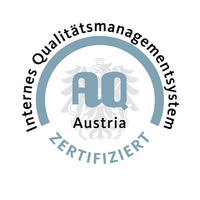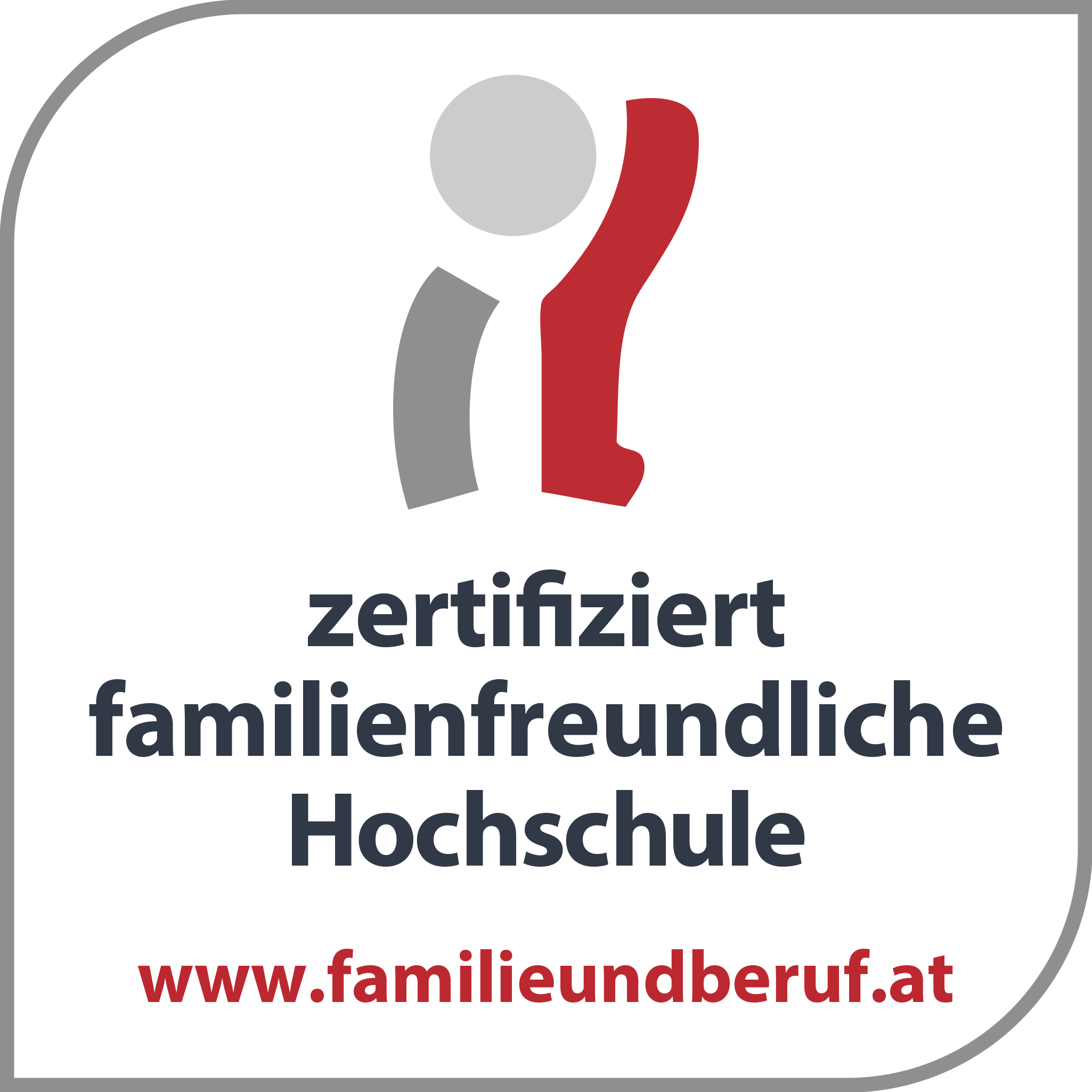Information and instruction – what’s what?
Employers are obliged to ensure that employees receive adequate instruction (§ 14 ASchG) on health and safety. The instruction must be orientated towards the workplace and the employee’s area of responsibility. It must be adapted to the development of hazards and the emergence of new hazards. The instruction must also include the measures to be taken in the event of foreseeable operational disruptions. An example of instruction would therefore be to provide a person with knowledge or skills about a working substance with the aid of safety data sheets and other sources of information before it is used.
Employers are obliged to provide employees with sufficient information (§ 12 ASchG) about the risks to health and safety and about measures to prevent risks; this information must enable employees to check, through appropriate co-operation, whether the necessary protective measures have been taken. An example of information is the communication of knowledge of escape routes on the basis of escape route plans for the respective workplace.
The fundamental difference between instruction (§ 14 ASchG) and information (§ 12 ASchG) is therefore that instruction relates to the specific workplace and the specific area of responsibility of individual employees (= ‘familiarisation’). Information, on the other hand, provides general knowledge about risk prevention and relates to the entire workplace.
For more information on how to carry out the instruction at the PLUS, see INTRANET/Confluence





